The 1948 King George VI Canada Dollar is one of the most sought-after coins in all of Canadian numismatics. Image is courtesy of Heritage Auctions, www.HA.com. Click images to enlarge.
In the series of Canadian Silver Dollars minted from 1935 through 1967, one regular-issue coin reigns supreme both in terms of rarity and value. That piece is none other than the 1948 King George VI Dollar, a coin with a tiny mintage and a major place in Canadian numismatics.
Aside from its date, the 1948 Canada Dollar at first glance may appear nearly identical to its other King George VI Dollar counterparts, with its 80% silver content, weight of 23.33 grams, diameter of 36.06 millimeters, and reeded edge. The King George VI Dollar carries an obverse designed by T.H. Paget, while its reverse by Emanuel Hahn bears the likeness of a Canadian voyageur and Native American cruising in a canoe under the Northern Lights on an evergreen-traced lake. Yet, there was one minor but important change that affected the 1948 Canadian Dollars.
Production of the Canadian Dollar was suspended in 1940 when Canada joined the Allied Forces to engage in World War II. It was a period of great tension around the world as Canadian forces, along with the militaries of Great Britain, France, the United States, and others combated the Axis Powers in Europe, Asia, and North Africa. While World War II ended in 1945, much of the world remained in sociopolitical turmoil for years afterward.
While matters had returned to normal at the Royal Canadian Mint in Canada’s capital city of Ottawa, half a world away social upheaval was brewing in the British Imperial entity of India. An independence movement, led in large part by the likes of anti-colonization activist Mahatma Gandhi, fully realized its endeavors on August 15, 1947, when India became a fully independent nation.
India’s independence was of consequence to the ongoing production of Canadian Dollars, which since King George VI’s reign beginning in 1937 had carried on the obverse an inscription reading “GEORGIVS VI D:G:REX ET IND:IMP:, an abbreviation for the Latin phrase “George VI Dei Gratia Rex et Indiae Imperator,” or “George VI By the Grace of God King and Emperor of India.” By the time 1948 rolled around, new dies had not yet been prepared at the Royal Canadian Mint reflecting India’s independence, so production of 1947-dated coinage continued into 1948, with those predated silver dollars carrying a tiny maple leaf aside the date.
A tiny maple leaf is seen just aside the date of 1947-dated Canada Dollars that were struck in 1948. Image is courtesy of PCGS TrueView. Click image to enlarge.
The production of 1948 Canadian Dollar began during the middle of the year with the new obverse inscription “GEORGIVS VI DEI GRATIA REX.” However, the delay in the start of production for the 1948-dated Canada Dollar impacted overall production figures. In all, only 18,780 examples of the 1948 Dollar were made, with that figure including a small handful of Specimen strikes produced expressly for collectors.
Even well-circulated specimens are highly scarce today, with specimens grading F12 to VF20 surpassing $700 and pieces in the XF40 to AU50 range hovering north of $1,000. Examples grading PCGS MS60 or better eclipse $1,500, with higher-grading representatives exceeding $2,000. Specimen strikes of the 1948 Canada Dollar graded PCGS SP63 to PCGS SP65 fetch prices in the vicinity of $4,500 to $6,000, while business-strikes in a similar numerical grade range usually command much more. Examples in the Gem grade of PCGS MS65 typically trade for approximately $11,500 and up. Among the highest prices ever recorded for the 1948 Canada Dollar is a PCGS MS66 that sold for $21,850 at a January 2003 Heritage Auctions sale.
Sources
- Boissoneault, Lorraine. “The Speech That Brought India to the Brink of Independence.” Smithsonian Magazine. August 8, 2017. Accessed October 23, 2020.
- Haxby, James A. A Guide Book of Canadian Coin and Tokens. Whitman Publishing, 2012.
- “India and Pakistan Win Independence.” History. Accessed October 23, 2020.




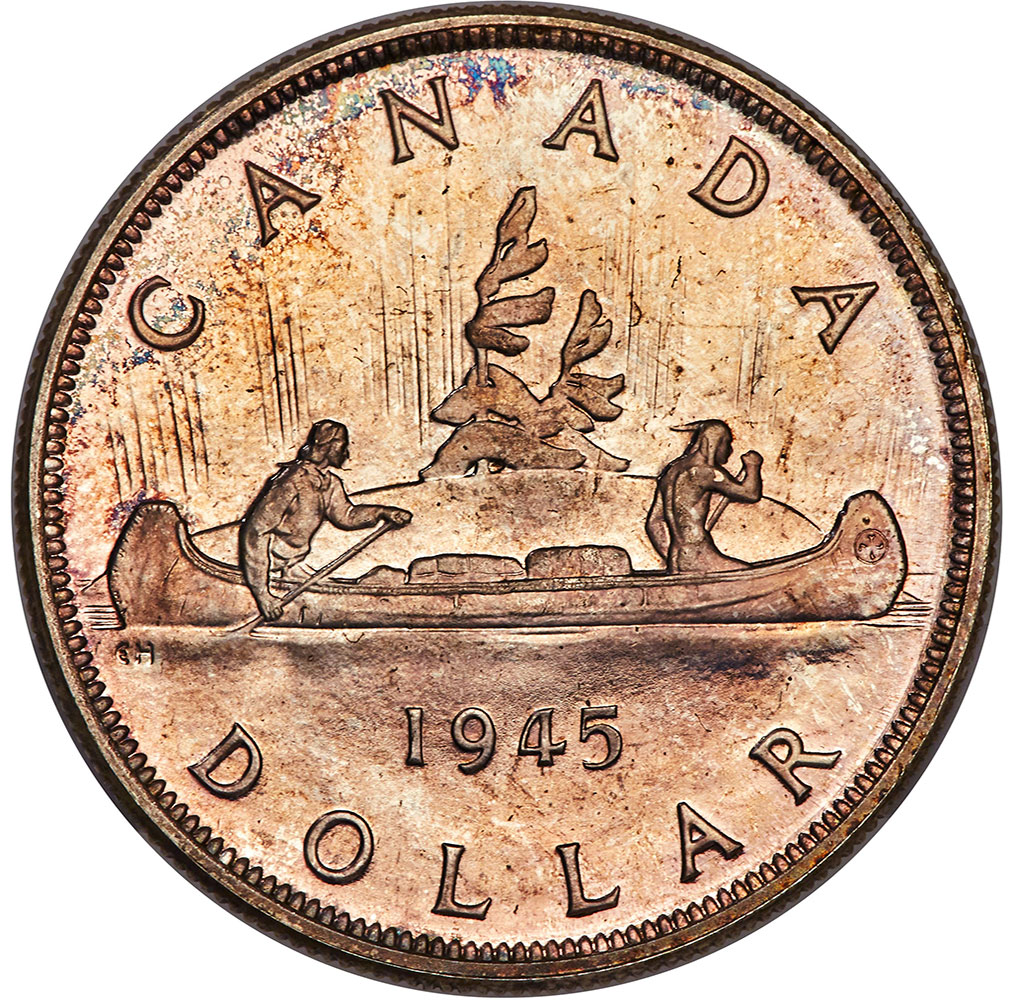
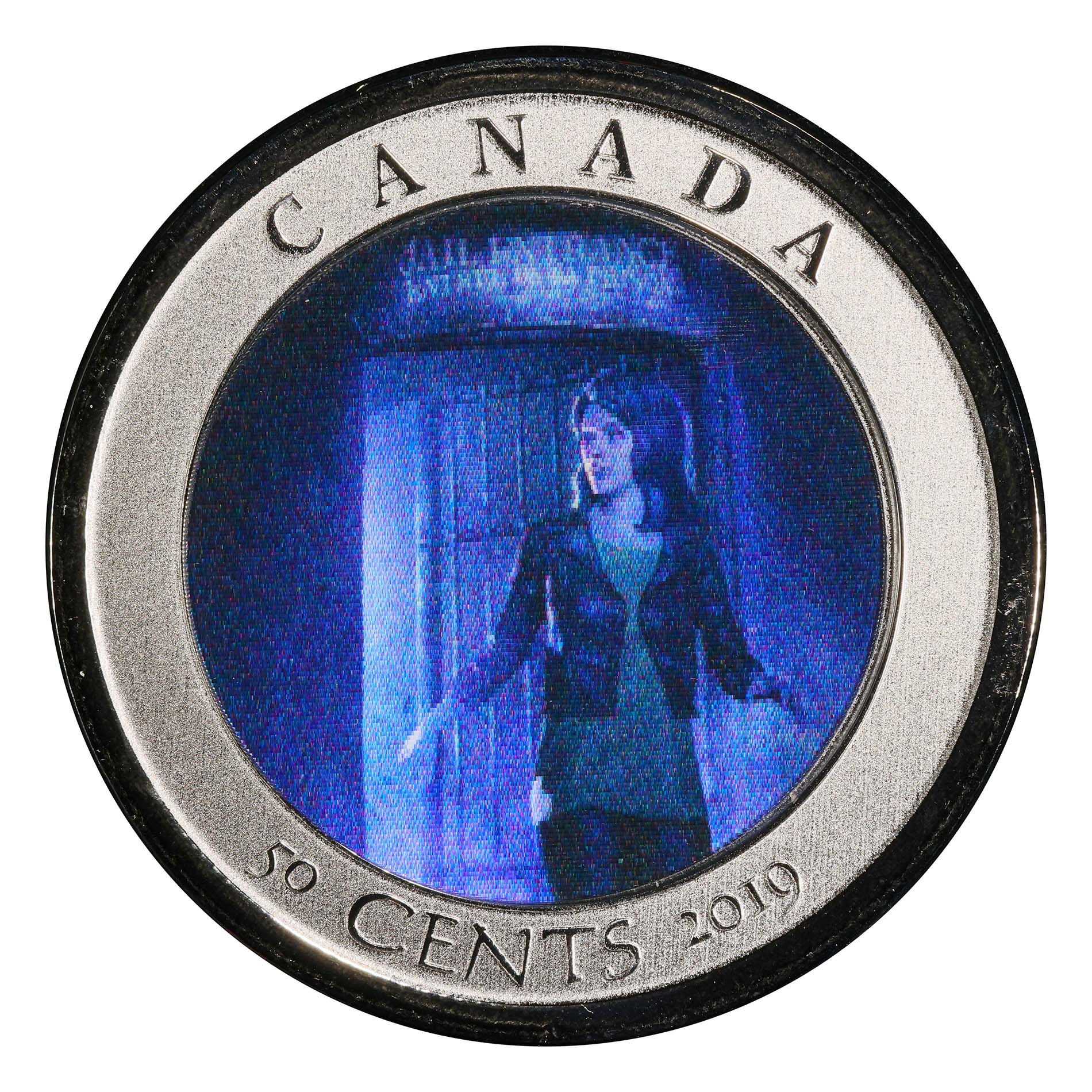
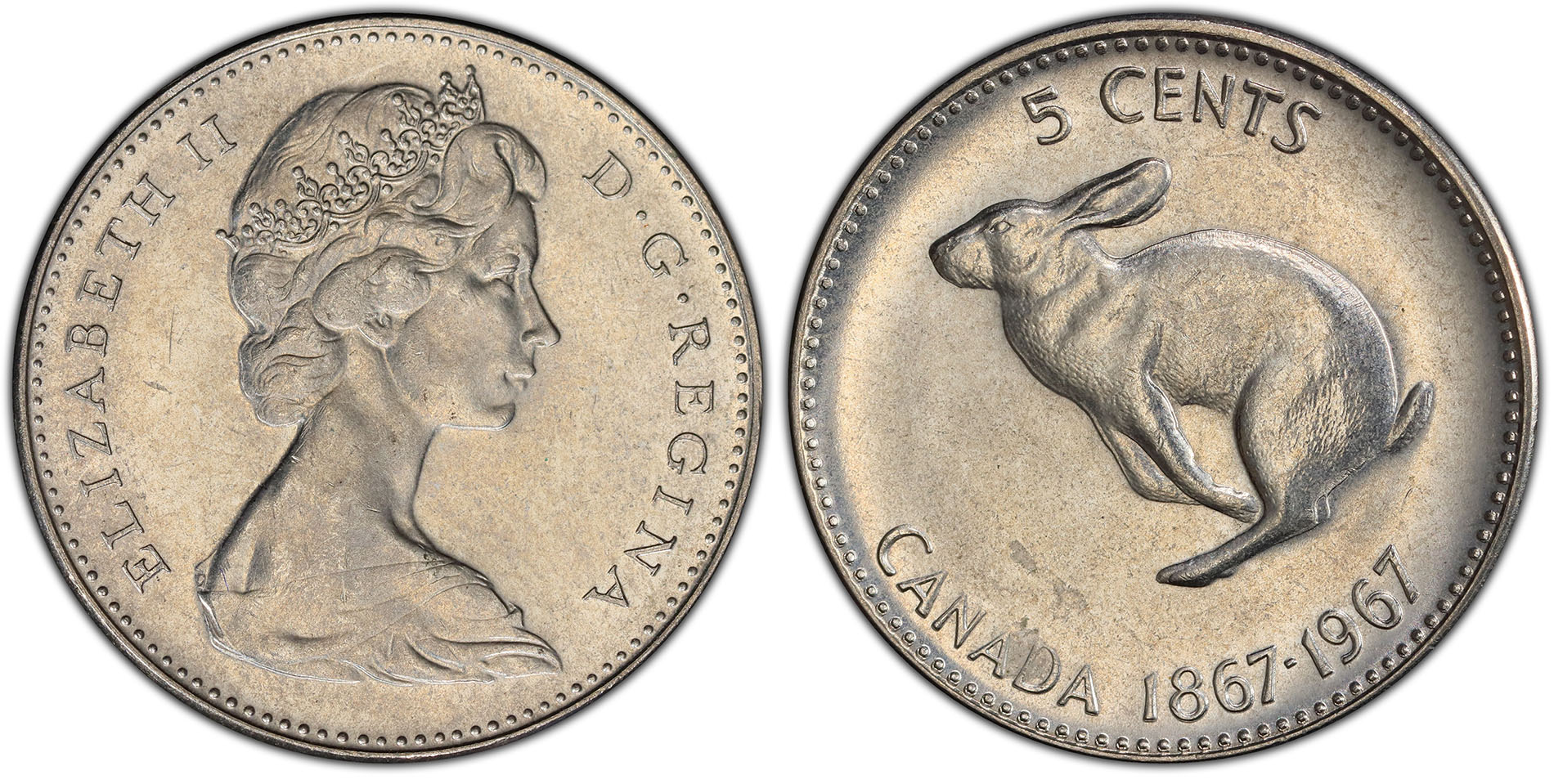

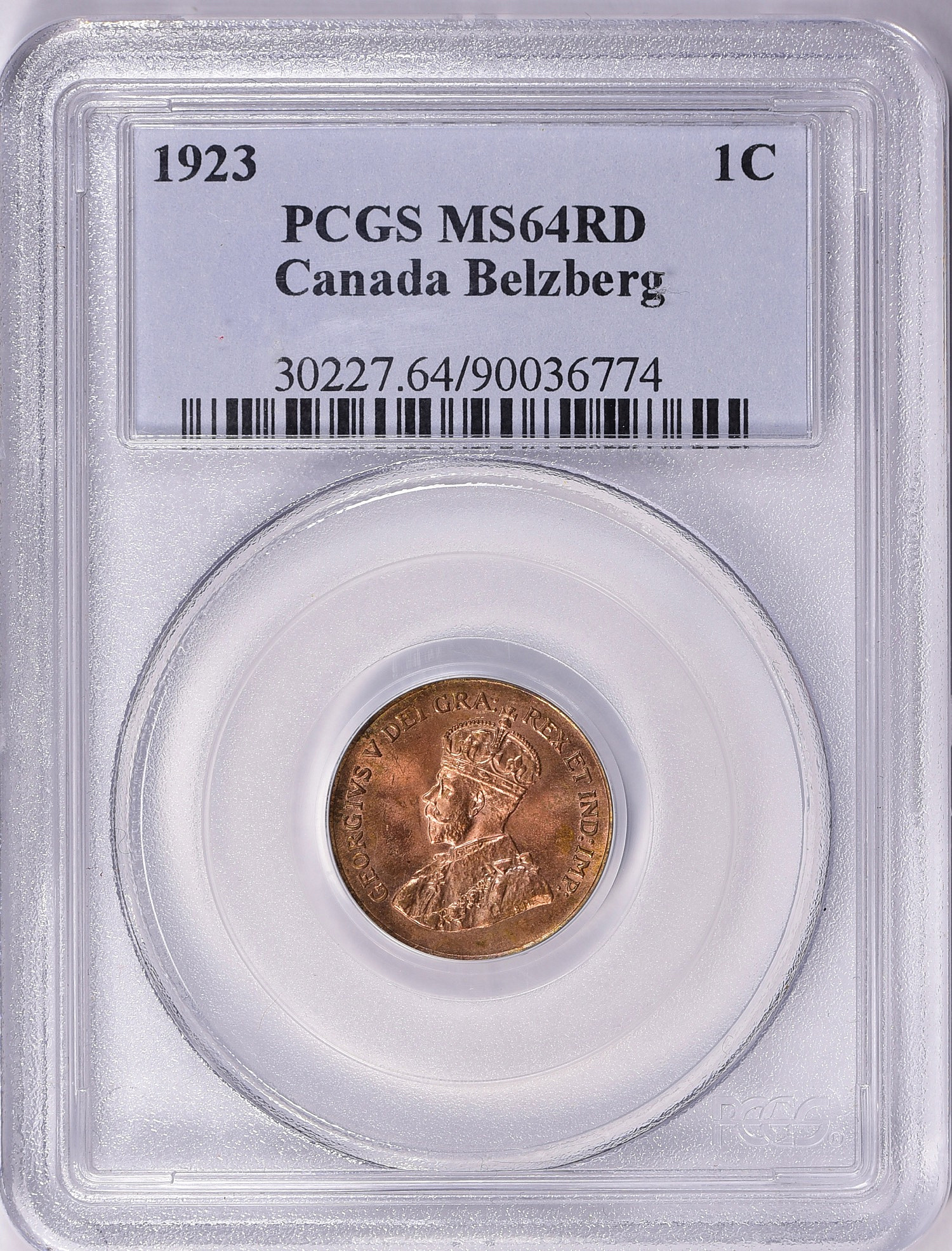
 Copper & Nickel
Copper & Nickel
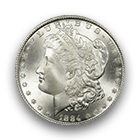 Silver Coins
Silver Coins
 Gold Coins
Gold Coins
 Commemoratives
Commemoratives
 Others
Others
 Bullion
Bullion
 World
World
 Coin Market
Coin Market
 Auctions
Auctions
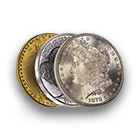 Coin Collecting
Coin Collecting
 PCGS News
PCGS News